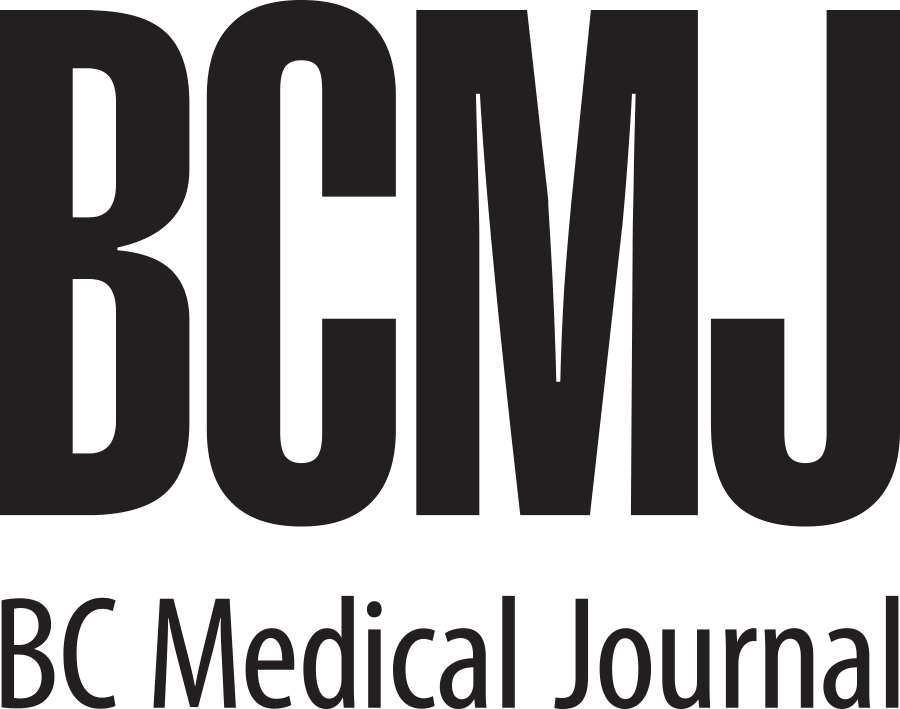Special feature: Tobacco smoke enemas
Inspired by an American First Nations custom, tobacco smoke enemas were administered by medical practitioners in the 18th century to treat everything from colds to cholera.
Drs William Hawes and Thomas Cogan, who practised medicine in London, England, around 1774, formed The Institution for affording immediate Relief to Persons apparently dead, from drowning. This group later became the Royal Humane Society, and presently is sponsored by Her Majesty the Queen of England. In the 18th century, the society promoted the rescue of drowning people, and paid 4 guineas (about $160 today) to anyone who successfully brought a drowning victim back to life. To that end, Drs Hawes and Cogan began the practice of a unique type of holistic medicine.
At around this same point in history, tobacco had been imported to England from Virginia to be inhaled, chewed, smoked (usually in a clay pipe), or smoldered as “bum cigars.” American First Nations people used tobacco as a medicine and pioneered the use of tobacco smoke enemas. Word of this treatment crossed the water to England, and volunteer medical assistants with the society began to use the procedure to treat half-drowned London citizens who were pulled from the Thames River. Initially the “pipe smoker London Medic” inserted an enema tube with rubber tubing attachments into the victim and blew smoke into the rectum. This was erroneously thought by the practitioners to accomplish two things; first, warming the drowned person, and second, stimulating respiration. Artificial respiration was used if the tobacco smoke enema failed.
Soon the use of tobacco smoke enemas was the fashion—along with bloodletting—by European doctors. The gimmick was thought to be a lifesaving tool in their therapeutic armamentarium. Practitioners now had a new treatment for headaches, respiratory failure, colds, hernias, and abdominal cramps (if administered concurrently with feeding chicken broth by mouth). Soon tobacco smoke enemas were used for treating typhoid fever and even cholera outbreaks, during the “stage of collapse” and death.
Before bellows were included in the resuscitation kit, the results could be disastrous to the tobacco smoke blower. If the practitioner or medic inadvertently inhaled (instead of blew) during a coughing spell, some rice water stools of the cholera flagellates could be aspirated and swallowed. The practitioner’s demise would be due to a cough, dehydration, and diarrhea. The introduction of bellows and a variety of rectal tubes to the process spared practitioners from this horrible fate, and for a time tobacco enemas were regarded as a mainstream treatment for a wide variety of maladies, along with leeches, turpentine stoops for hemorrhoids, and carbuncles.
In 1811, English scientist Ben Brodie discovered that nicotine was toxic to the heart, and it soon became unfashionable to prescribe tobacco smoke enemas. These kits, along with lancets and phlebotomes, were soon easily purchased in London’s secondhand stores.
Further reading
Davis A, Dreyfuss MS. The finest instruments ever made: A bibliography of medical, dental, optical and pharmaceutical company trade literature, 1700–1939. Arlington, Mass: Medical History Publishing Associates, 1986.
Lawrence G. Tools of the trade: Tobacco smoke enemas. Lancet 2002;359(9315):1442.
Wikipedia. Tobacco smoke enema. Accessed 8 Nov 2012. http://en.wikipedia.org/wiki/Tobacco_smoke_enema.
hidden
Dr Haynes is a retired general practitioner living in West Kelowna. He was a country and urban doctor for almost 40 years in BC and Alabama, and has published a book entitled Wake-Up Call: Tales from a Frontier Doctor, available through amazon.ca.


Just an interesting article. At 88 I spend a lot of time on the computer.